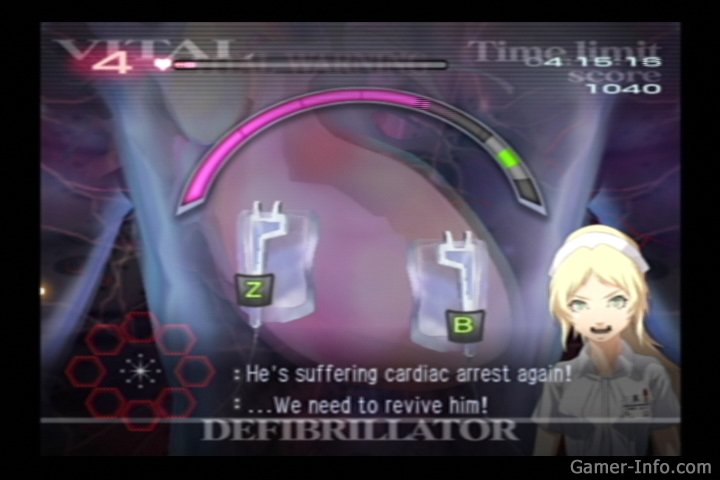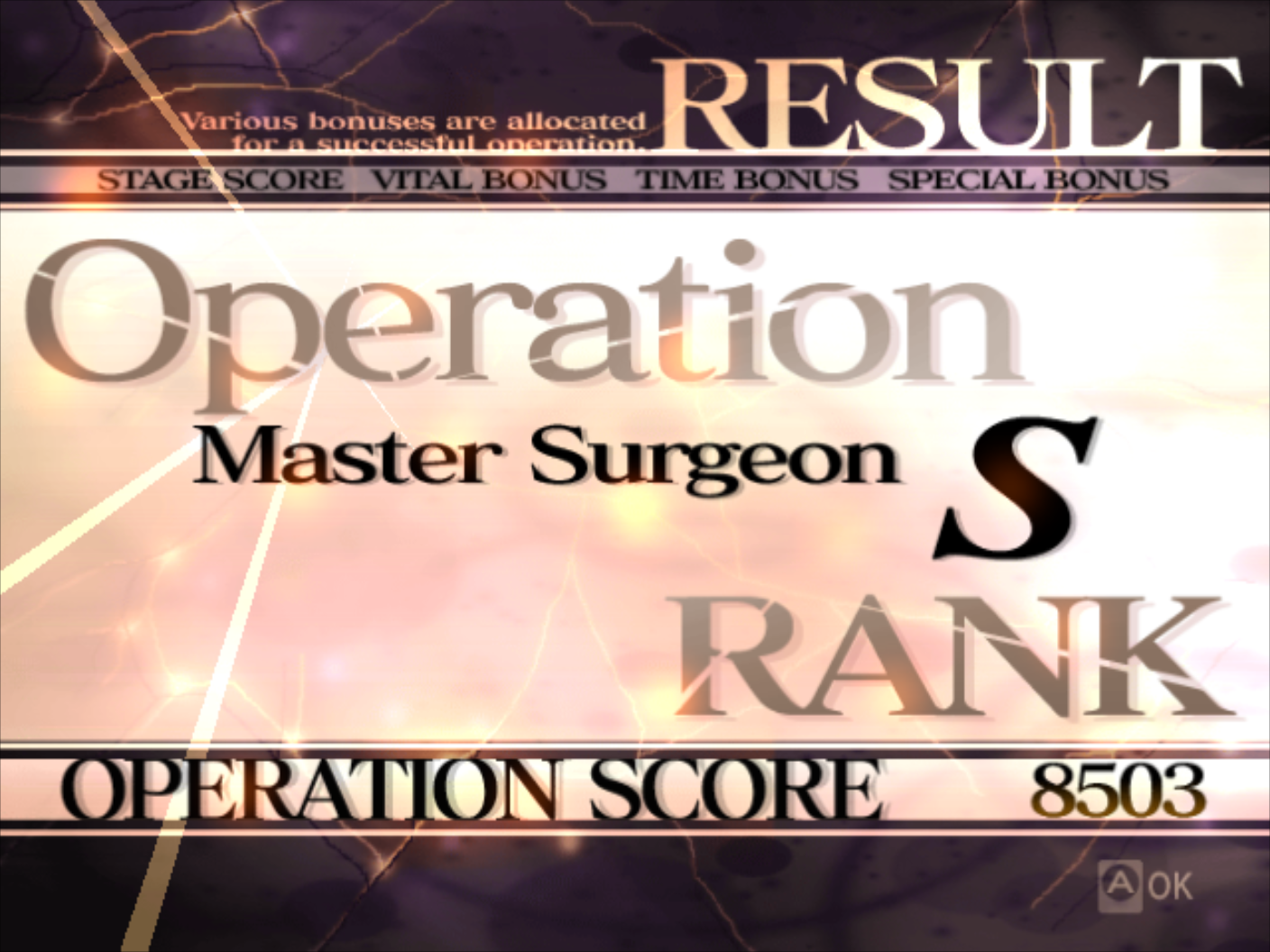
- #TRAUMA CENTER SECOND OPINION FORCE PROGRESSIVE SCAN ISO#
- #TRAUMA CENTER SECOND OPINION FORCE PROGRESSIVE SCAN FREE#
In the meantime, the patient remained on antibiotics and was taken back into surgery during the humanitarian mission on the fifth postoperative day. A peritoneal cleansing and a drainage in front of the anastomosis were carried out and an antibiotic therapy with Ceftriaxone 1g and Metronidazole 500 mg/8h was prescribed A transfer to a specialized center for a more physiological anastomosis was considered but the patient did not have sufficient financial means, so the surgeon preferred to wait for an imminent humanitarian mission in the hospital of Edéa in order to carry out this intervention on the spot.
#TRAUMA CENTER SECOND OPINION FORCE PROGRESSIVE SCAN ISO#
The duodenal stumps were closed with Vicryl 2.0 in separate stitches, followed by a lateral iso peristaltic gastrojejunal anastomosis with polydiaxonone. Restoration of continuity by direct suture proves to be topographically laborious and cannot be envisaged in an emergency situation with limited technical resources. After peritoneal cleansing, a complete section of the third portion of the duodenum at the emergence of its mobile part is objective (Figure 1). A large median tear of the greater omentum and the transverse mesocolon was noted. Exploration of the abdominal cavity showed extensive hemoperitoneum, food debris, and bile. Preoperative resuscitation with geloplasma infusion, antibiotics and analgesics followed by median laparotomy under general anesthesia.

An urgent exploratory laparotomy was indicated. The patient was considered as unstable polytraumatized with abdominal contusion, hemoperitoneum, facial trauma with avulsion of three teeth. The ultrasound being unavailable, a peritoneal lavage puncture will objectified a hemoperitoneum. Table 1: Main results of paraclinic exams A biological examination (Table 1) showed white blood cells at 10500 /mm3 Hemoglobin at 12g /L and International Normalized Ratio +(INR) at 1.89. At the abdominal side, there were dermabrasions of the left hypochondrium, moderate bloating, generalized defensiveness and abolition of peristalsis. At the thoracic level, dermabrasions of the left hemi thorax were noted, the cardiopulmonary auscultation was normal. He presented with a 2-cm wide and 1 cm deep wound on the mucous side of the lower lip and a superficial linear wound on the anterior part of the tongue, an alveolar-dental trauma with total avulsion of teeth 11, 21 and 22. The physical examination revealed an hypotensive patient at 8/6 mm Hg and a heart rate of 100 beats per minute, respiratory rate at 25/minute, Glasgow score at 14/15. The patient fell and landed on his left hemisphere and arrived two hours later at the emergency room accompanied by the police. Unfortunately, surgeons treating polytraumatized civilians are encountering an increasing number of blunt duodenal wounds requiring laborious management.Ī 22-year-old patient presented to the emergency room of the Edéa Regional Hospital in the earlier in the morning with diffuse abdominal pain and vomiting after a motorcycle accident in a context of drunkenness. This type of lesion is difficult to manage in an emergency situation in a structure with limited technical resources. The patient was discharged on the 18th postoperative day.

Continuity was restored by a mechanical duodenal-jejunal anastomosis. A resection of the distal duodenal stump and the adjacent jejunal segment including the anastomosis was performed. This surgical revision was performed on the fifth postoperative day. A transfer to a specialized center for a more anatomical continuity was considered, but the imminence of a humanitarian mission in the hospital prompted the surgeon to seize the opportunity of this mission for the reoperation. The surgeon performed emergency closure of both duodenal stumps and performed an isoperistaltic lateral gastrojejunal bypass.
#TRAUMA CENTER SECOND OPINION FORCE PROGRESSIVE SCAN FREE#
A tear of the omentum and transverse mesocolon and a complete section of the third duodenum at the beginning of its free portion were observed. An exploratory laparotomy revealed a large hemoperitoneum mixed with food debris.

A peritoneal puncture brought back an incoagulable blood. He presented to the emergency room of the rural Regional Hospital of Edéa in Cameroon with a clinical picture of acute abdomen and post-trauma hemodynamic instability. We describe a new case of duodenal wound with complete transection in a 22-year-old patient following a motorcycle accident.


 0 kommentar(er)
0 kommentar(er)
